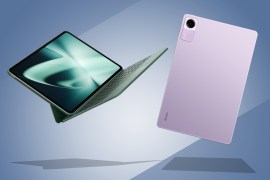Huawei Mate X3 review: heroic hardware only goes so far
Super-slender foldable phone stumbles on the software front
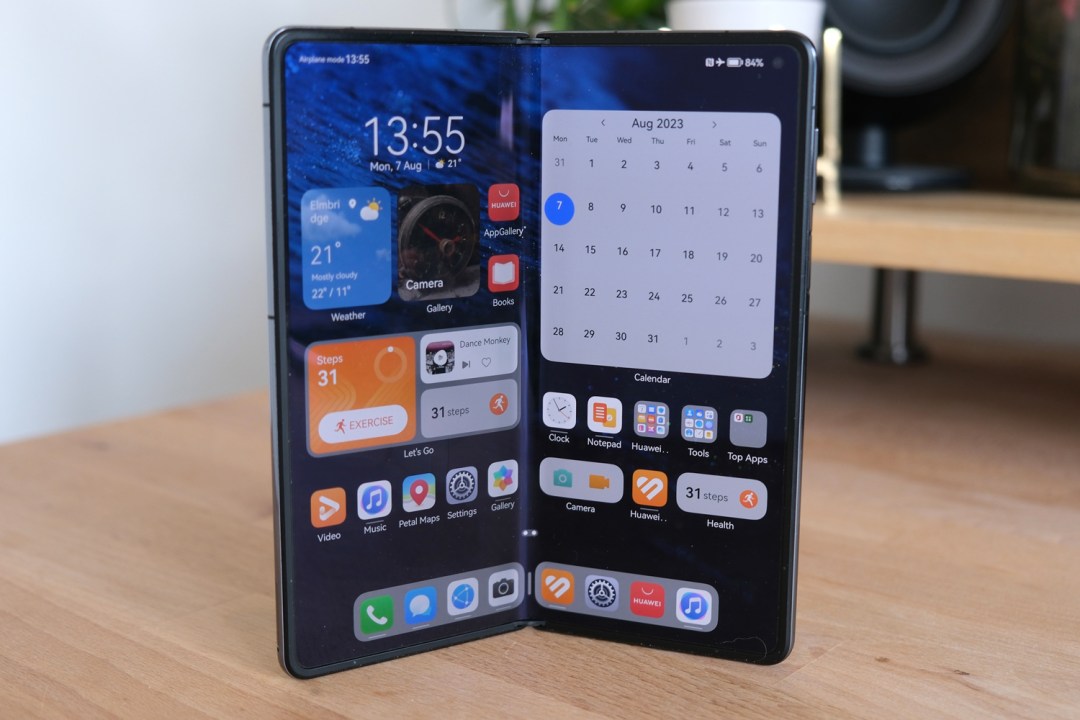
They’re gaining traction at a modest pace in the West, but foldable phones are going gangbusters in Asia. Multiple manufacturers are aiming to have the best smartphones on sale, well beyond the handful we’ve seen on these shores. Huawei is one of the biggest hitters, having launched multiple generations of clamshell and book-style devices, and the Mate X3 is its latest effort.
It’s thinner and lighter than almost any book-style foldable you’d care to name, including the recently-revealed Samsung Galaxy Z Fold 5, and even puts some traditional handsets to shame. Yet there’s still lots of high-end components and a big battery inside, plus a tasty set of cameras at the rear. What you won’t find are a 5G modem and Google services – two continent-sized omissions as far as Western audiences are concerned. Can the hardware make up for any software shortcomings?
Design & build: raising the bar
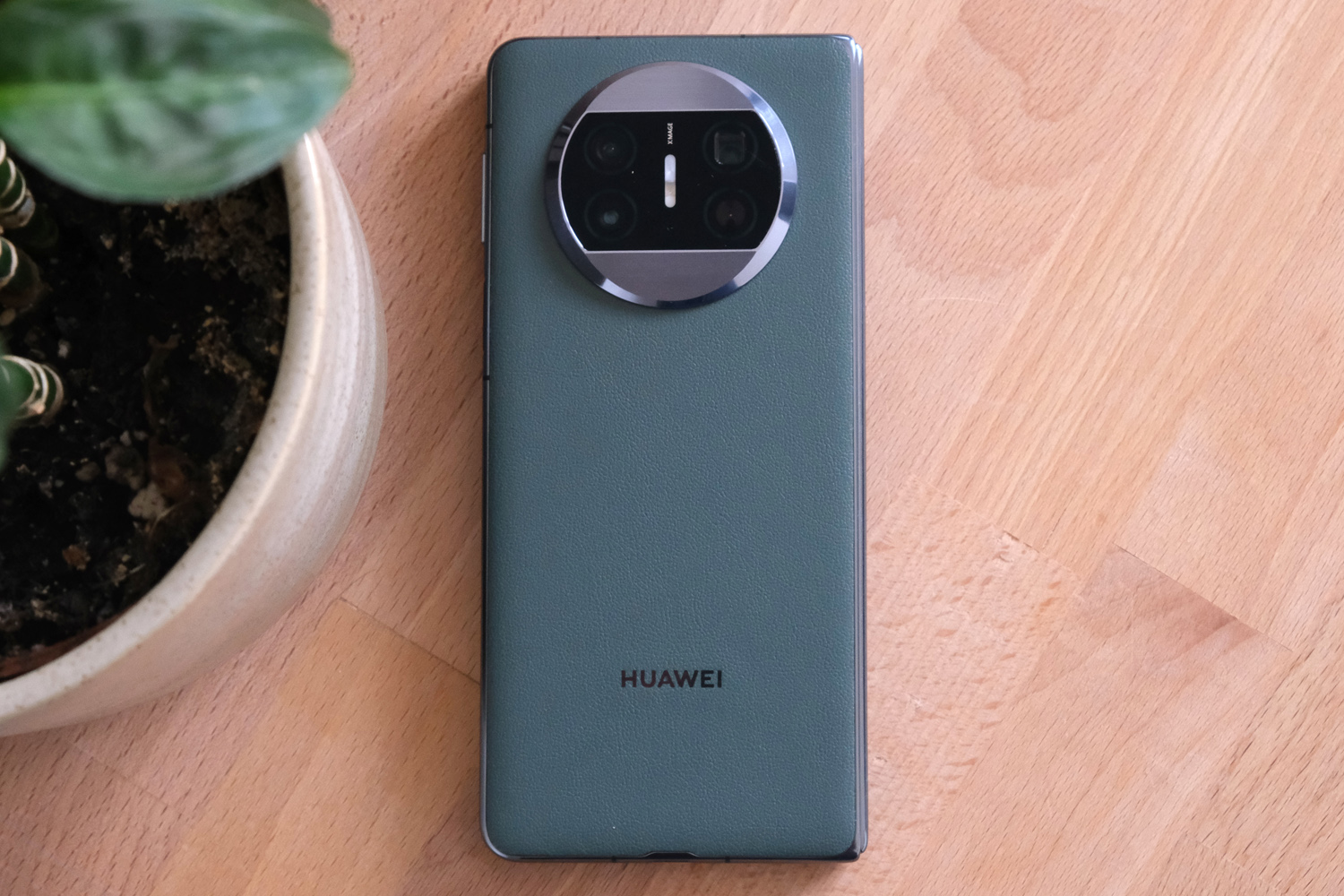
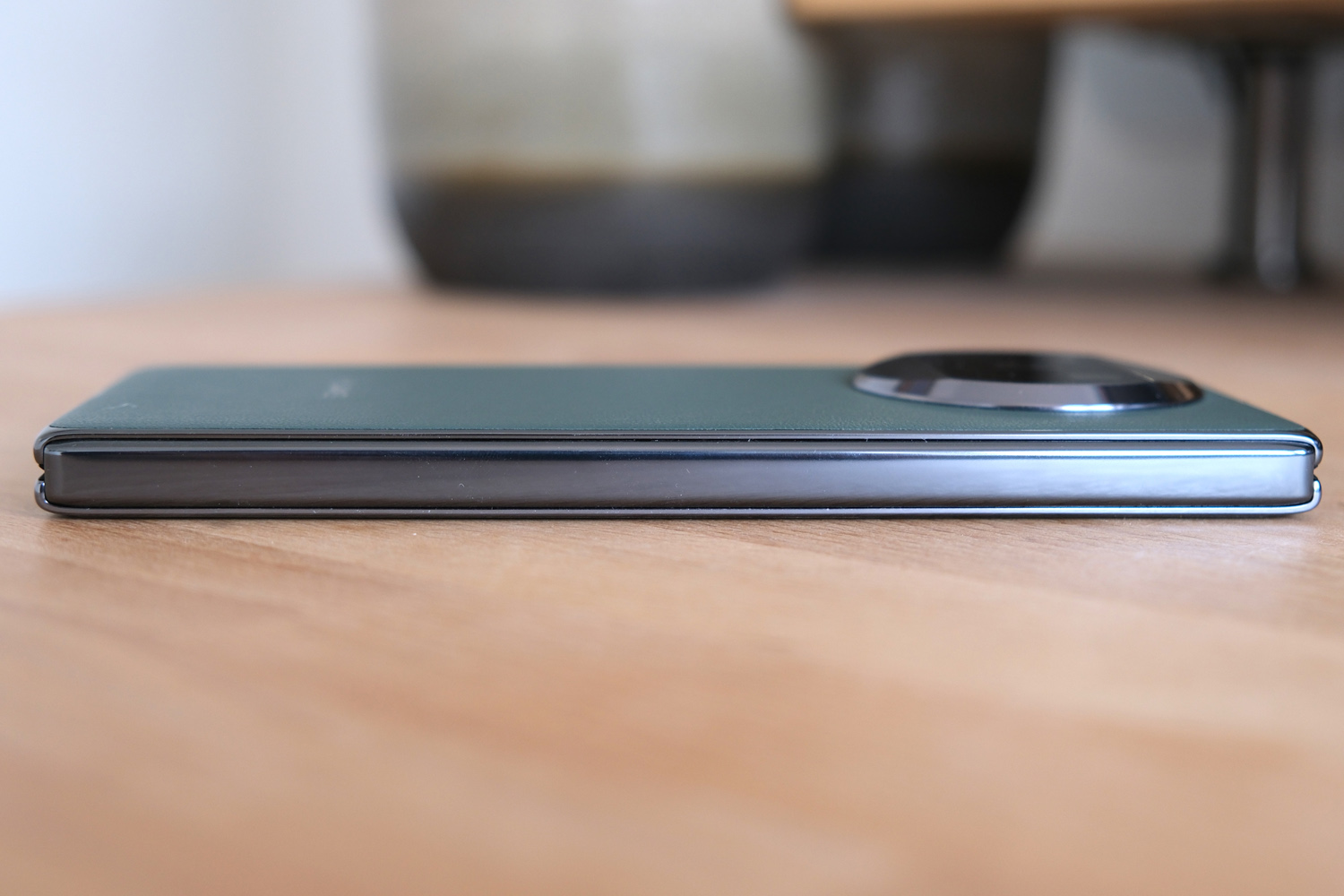
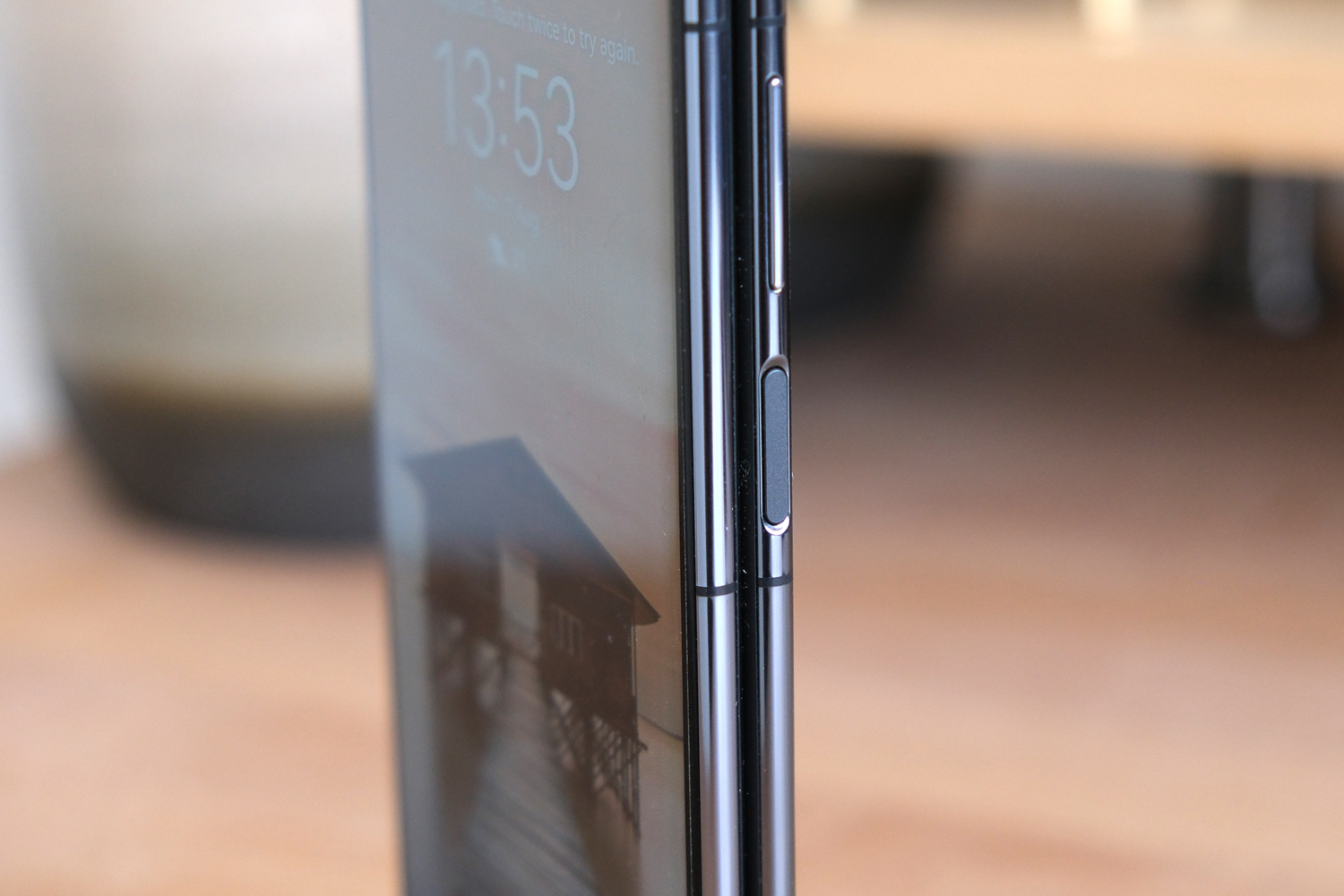
The Mate X3 might be the closest a book-style foldable has come to feeling like a traditional phone when closed. Sure, at 11.1mm a regular smartphone would be deemed rather portly, but get one in your hand and the Huawei is positively svelte. That camera rear camera bump only adds a little extra thickness, too. The hinge folds shut completely, with no discernable gap.
Open it up and things only get better. Each half is just 5.3mm thick, scarcely leaving room for the USB-C charging port and stereo speaker grilles at the top and bottom, or the power button/fingerprint sensor combo and volume controls at the sides. The hinge opens a full 180 degrees (take that, Google Pixel Fold) and can open part-way for split-view use, say with the camera app – though at a narrower range of angles than either Google or Samsung’s phones can manage.
The polished aluminium frame feels as high-end as it looks, with rounded edges that sit nicely in your hands. We quite like the green vegan leather rear seen on our review unit, but frosted glass is also an option in certain territories. Impressively the whole thing is IPX8 rated, which is as good as water resistance gets on a foldable and puts the Mate X3 on par with the Galaxy Z Fold 5.
We had no issues getting the fingerprint sensor to detect our digits, and the relatively high placement was still easy enough to reach for both left- and right-handers. The tall, narrow shape helps here, without stepping too far into skinny territory like the Z Fold 5.
It’s nice to see an IR blaster still make the cut; they’ve all but vanished on phones sold outside of China, but we still find ’em useful for controlling older gadgets we’ve yet to replace with smart or Wi-Fi-connected alternatives.
Screens & sound: tasty twosome
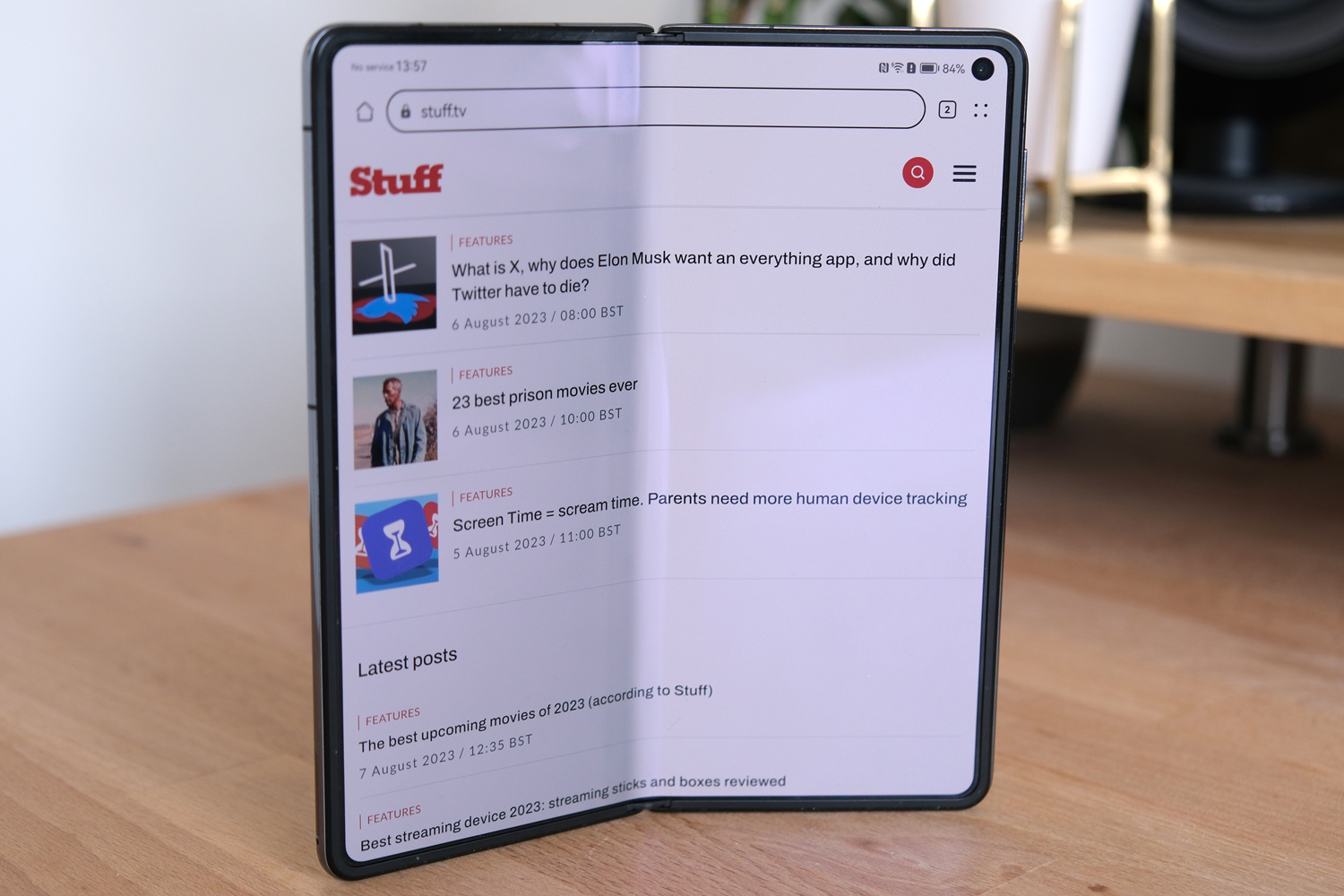
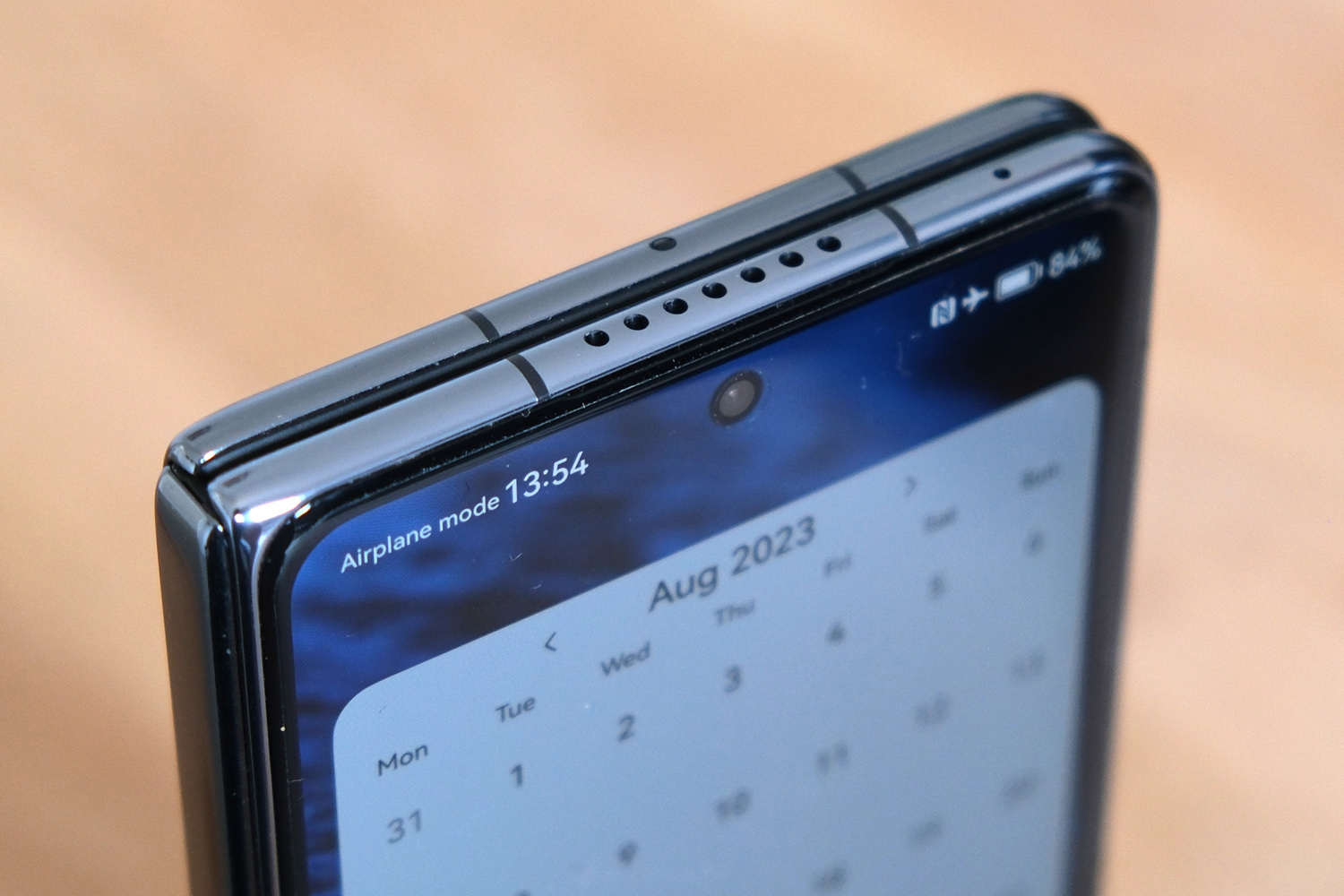
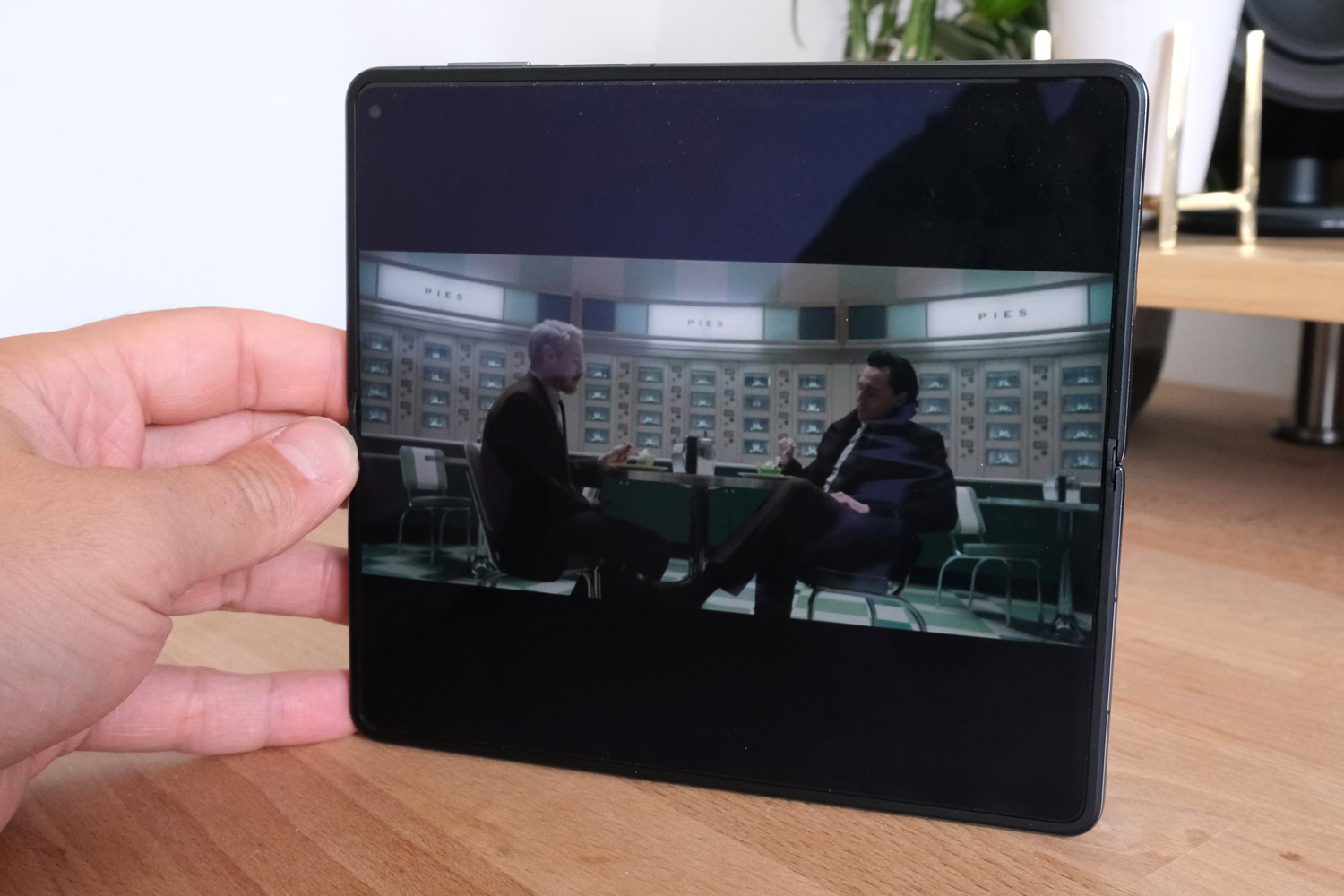
There’s been no skimping on either of the Mate X3’s OLED screens, with both packing in plenty of pixels, ample brightness and vibrant colours. Both have shrunk a bit from last year’s Mate X2, but still eclipse the Galaxy Z Fold 5 at 6.4in outside and 7.58in internally.
At 2504×1080 the outer display is sharp enough to do justice to Full HD video, and the dynamic 120Hz refresh rate guarantees smooth scrolling. It gets exceptionally bright for outdoor use, if not quite on par with the Pixel Fold, with stellar viewing angles and minimal reflections. In theory both it and the internal screen support HDR10+ content, but the phone hasn’t been officially certified for any HDR formats.
The 7.58in flexible OLED tops out at 2496×2224, and again has an adaptive 120Hz refresh rate, although we noticed it tended to hover at 90Hz for most apps, rather than the full 120Hz, when detecting motion. It’s a minor difference, and one you’re unlikely to notice by eye – unlike the crease, which is very subtle. Brightness is decent, rather than class-leading, here.
The please-don’t-remove-me screen protector does a fantastic job at cutting down unwanted light reflections, making the Pixel Fold look downright bad in comparison. Huawei says it’s made from a shock resistant, non-Newtonian fluid material, which is nowhere near as plastic-feeling as the screen protectors found on rival foldables. The outer panel is protected by Huawei’s own Kunlun reinforced glass, and should survive being shoved into the same pocket as your keys or any loose change.
Both screens deliver punchy and vibrant colours, which lean more heavily towards greens and blues in the default colour profile. There’s a tweak-friendly colour temperature wheel in the settings screen if you prefer warmer hues though. There’s great consistency between each panel, both in colour accuracy and overall screen brightness.
We weren’t expecting much from the Mate X3’s stereo speakers, given the ultra-svelte dimensions, but they get surprisingly loud and avoid distorting at maximum volume. They’ll do just fine for YouTube, podcasts and the like. With no 3.5mm port you’ll need Bluetooth or USB-C headphones for any personal listening.
Cameras: stellar snappers
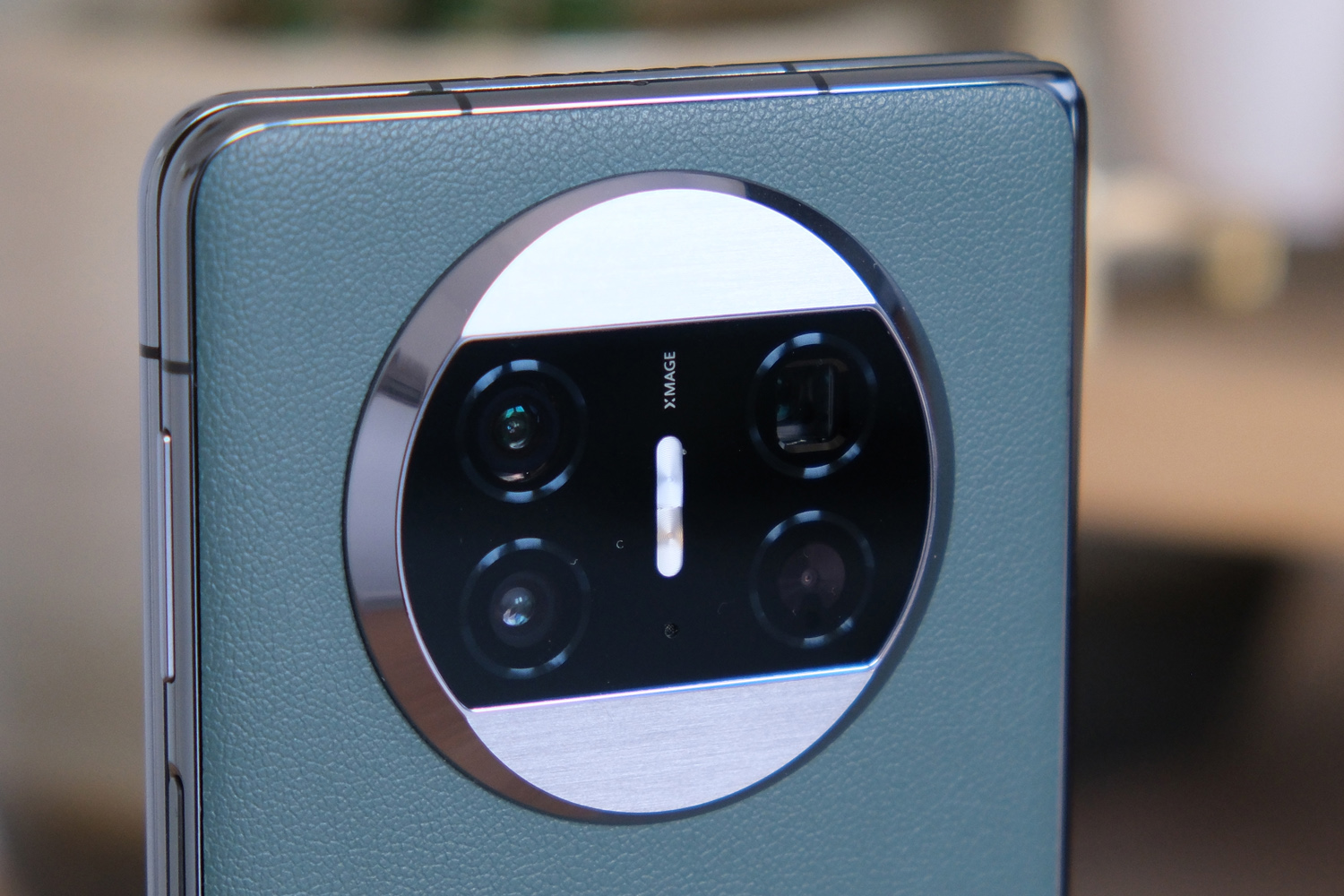
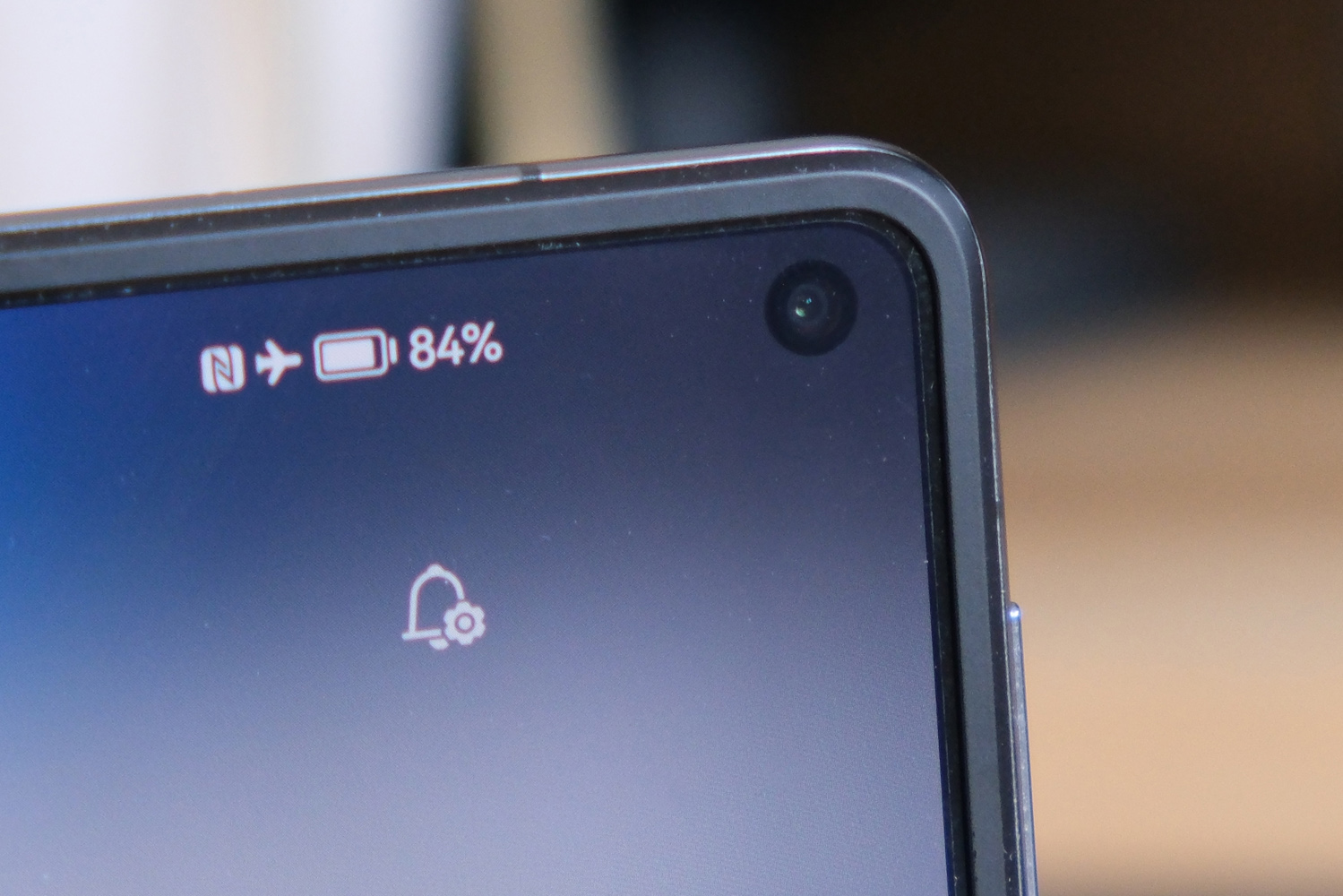
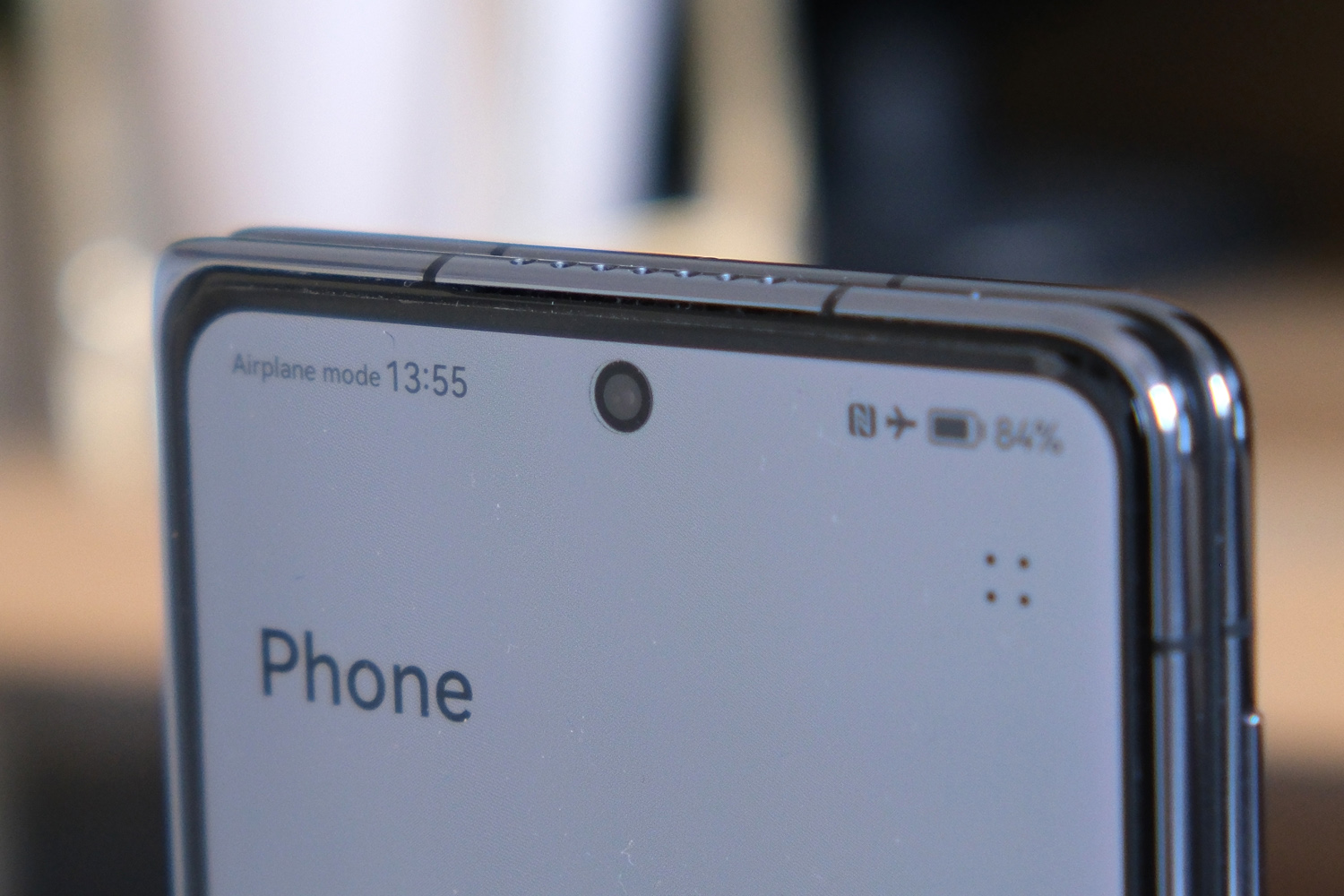
The Pixel Fold recently raised the bar for foldable phone photography, and it’s great to see Huawei largely keeping pace here. The Mate X3 has a 50MP main snapper, paired with a 13MP ultrawide and 12MP telephoto good for 5x optical zoom. There’s also a pair of 8MP punch-hole webcams; one at the top-right side of the inner display and the other top-centre of the outer screen.
As you’d expect given the pixel count, the main sensor is capable of wonderfully detailed daylight snaps. It has both phase-detect and laser autofocus, which helps lock onto targets very quickly, and optical image stabilisation does a great job of eliminating camera shake. Our shots look a little overly sharpened in places, and dynamic range is merely OK, but Huawei’s image processing can usually be relied on to deliver visually pleasing pics.
The ultrawide is well matched for colour, exposure and clarity, with lens correction mostly mitigating softness in the corners of each shot. It has autofocus so can act as a macro shooter too. The camera app’s Super Macro mode offers multiple zoom levels, but we got the best results at 1x magnification.

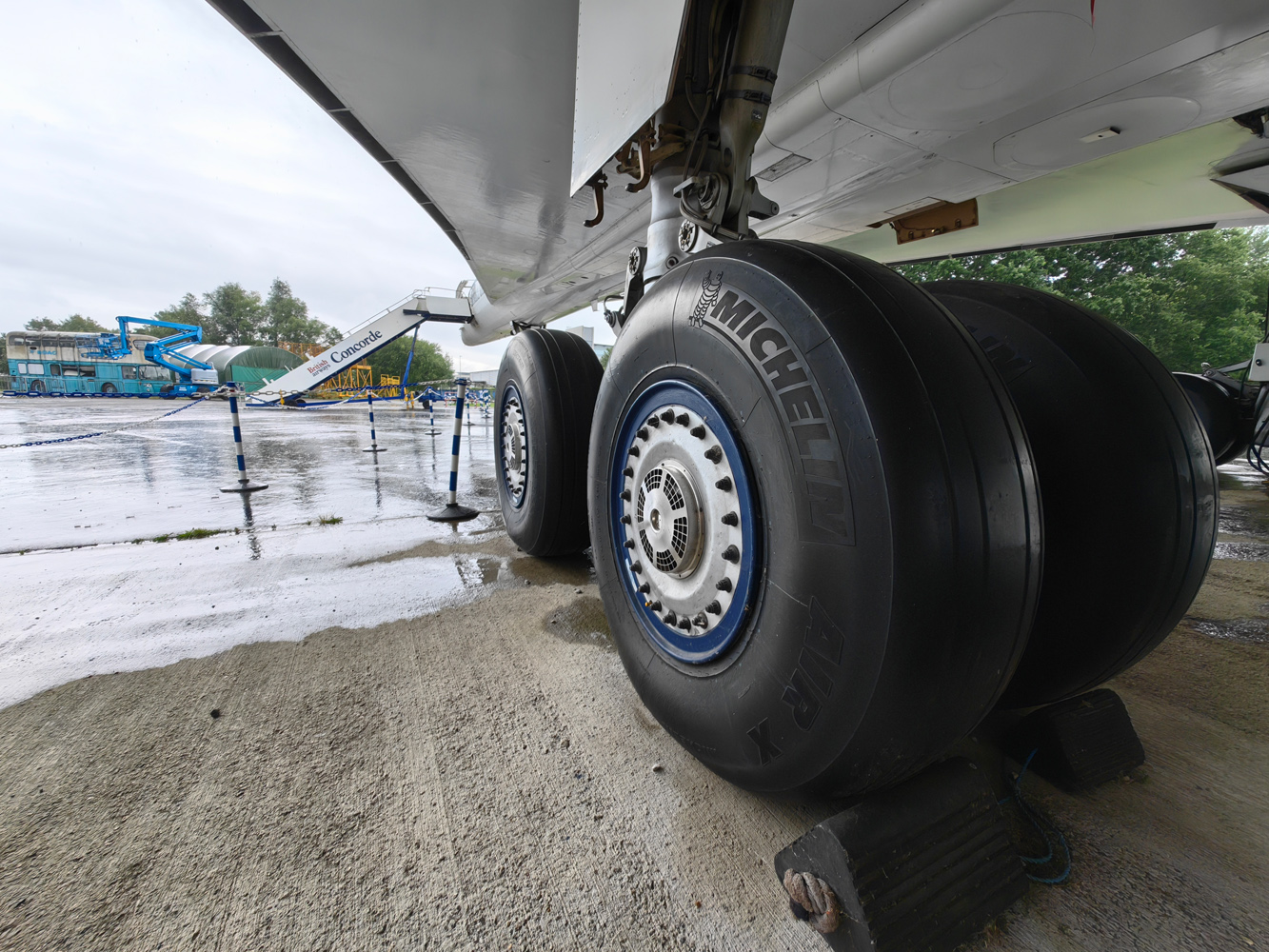

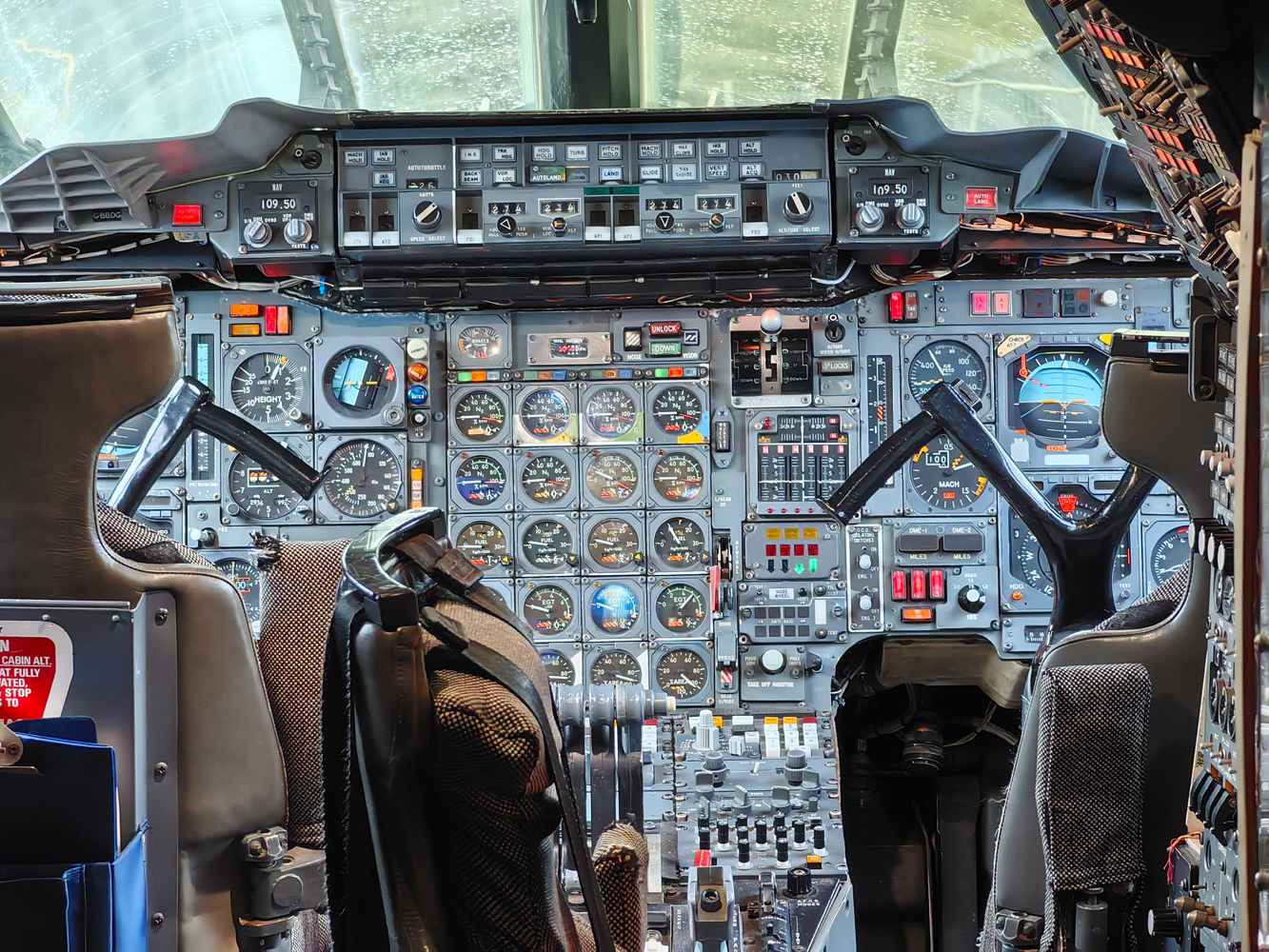
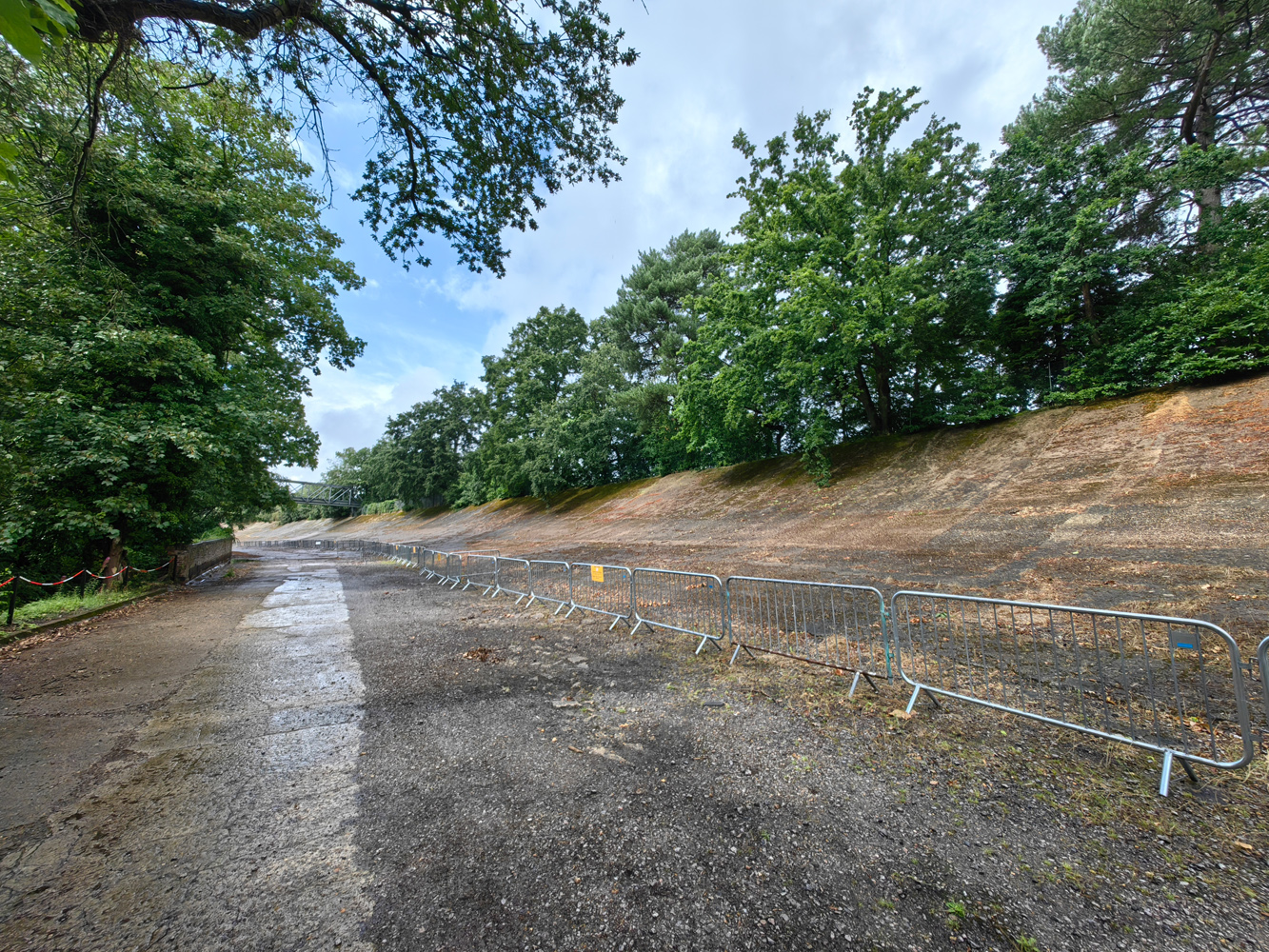
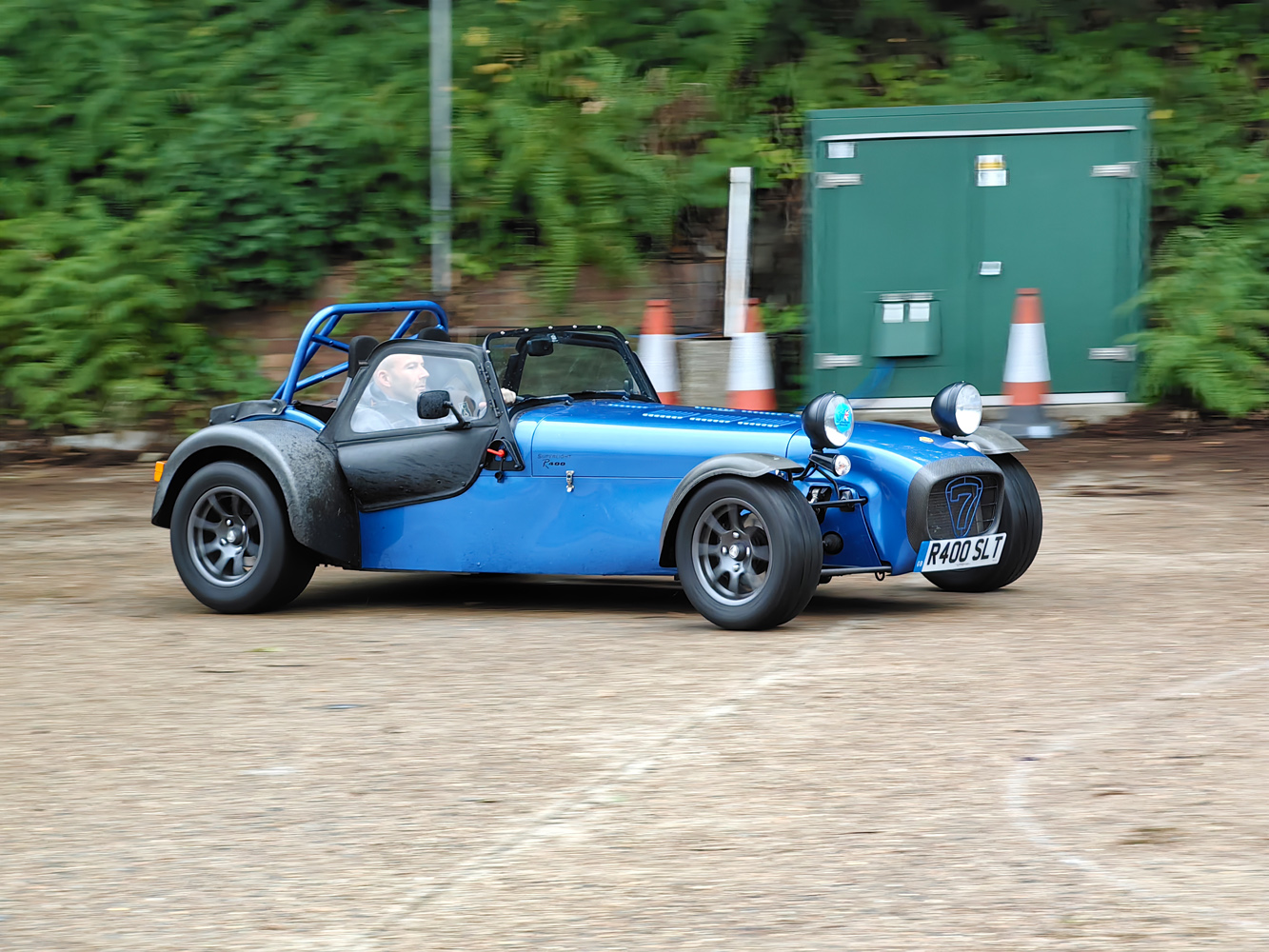







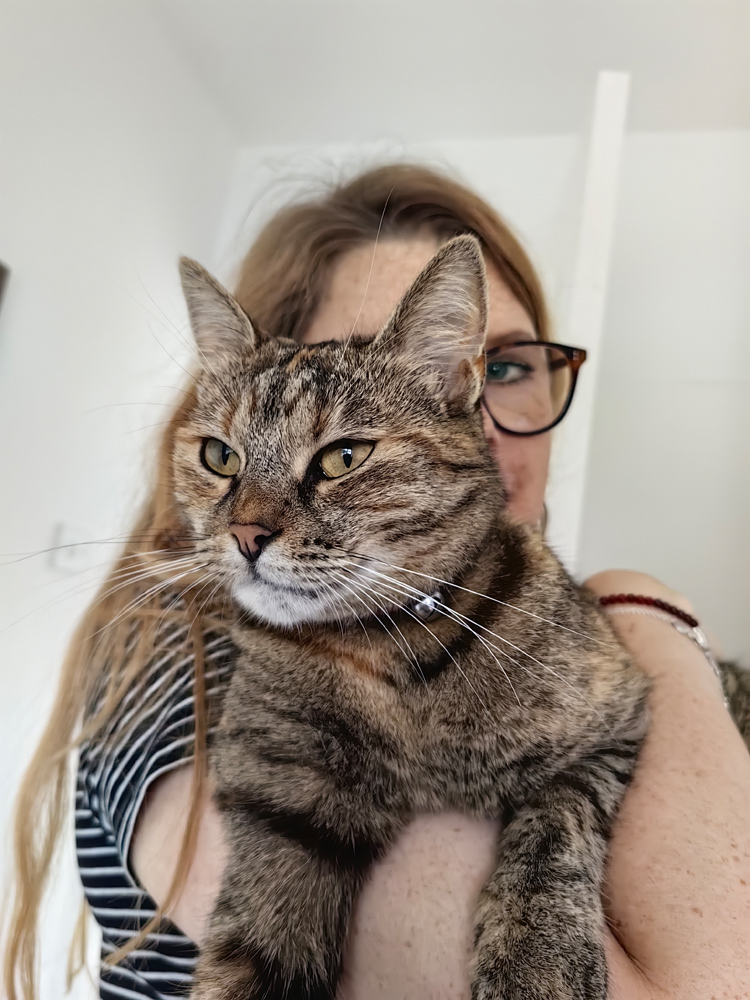
It’s the 5x zoom telephoto that impresses the most. The periscope arrangement lets it get closer to your subject than the Galaxy Z Fold 5, and OIS ensures shake-free snaps that get impressively close to the main lens. It can even cope with panning action shots. The f/3.4 aperture is narrower than the Pixel Fold, but only just, so it holds up pretty well in darker conditions. It’ll also manage 10x zoom with only a slight dropoff in sharpness and overall clarity. You can pinch to zoom up to 50x, but image noise shoots up dramatically as you add digital magnification.
Low light performance is generally very good, with natural colours and a decent level of detail across the board. The dedicated night mode needs several seconds of steady hand per frame, and can overdo things around direct light sources, and the auto mode can struggle a little with shadow detail. Again, dynamic range could be better, but there’s very little noise to worry about.
Overall we’d put it just slightly behind the Pixel Fold in certain scenarios, and slightly ahead in others. It isn’t quite up there with the very best traditional smartphones, but for a foldable it’s really rather good.
Software experience: stumbling block
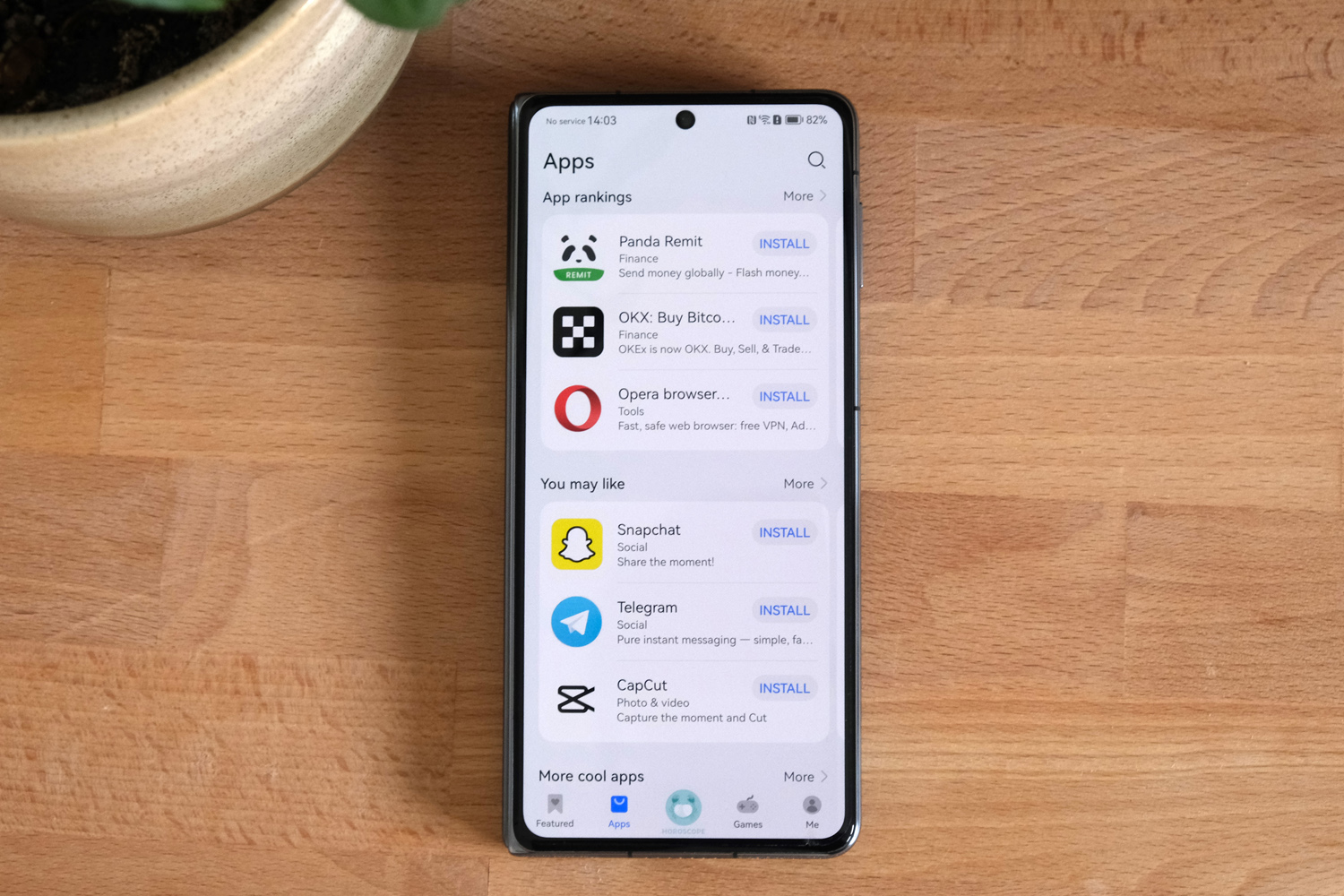
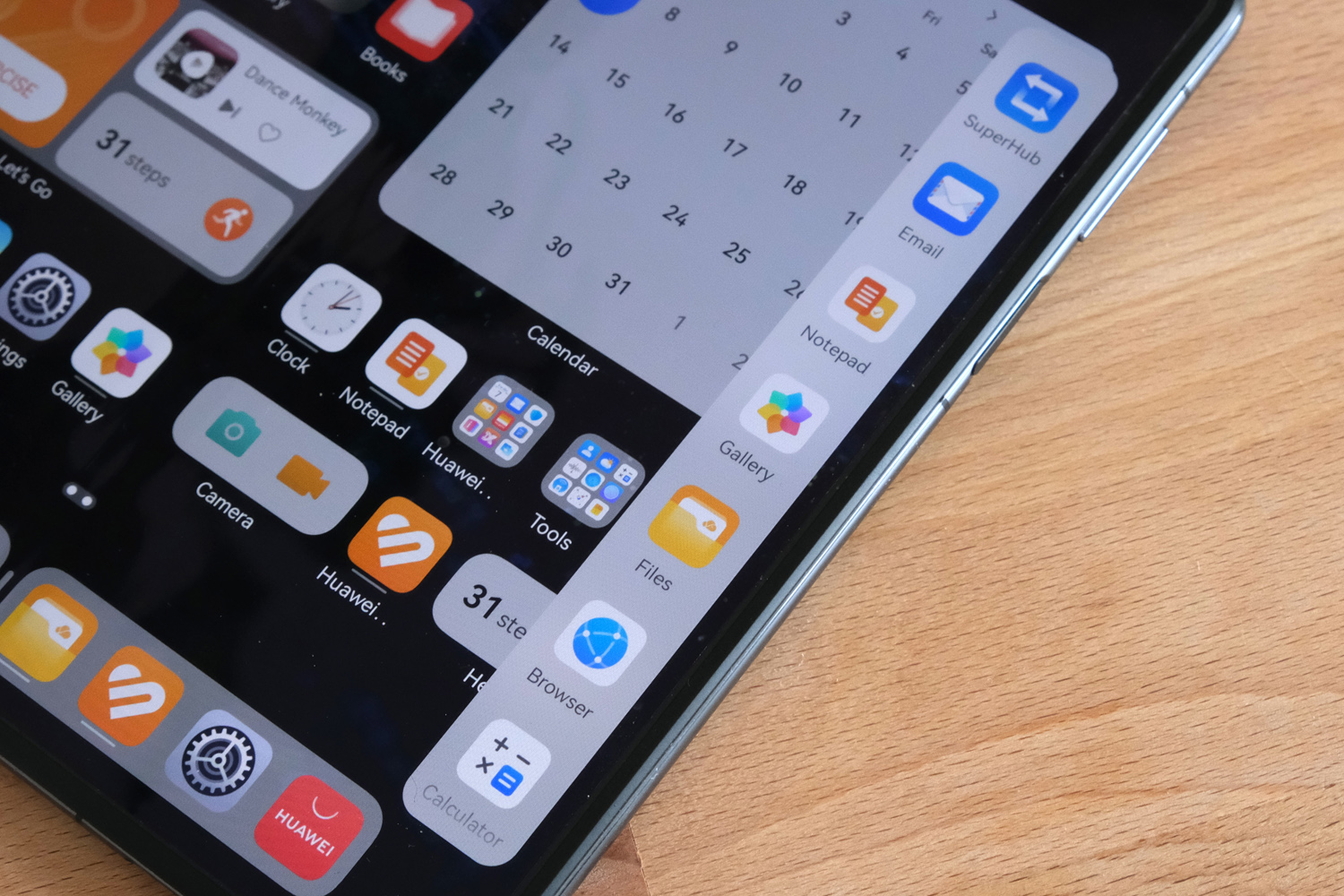
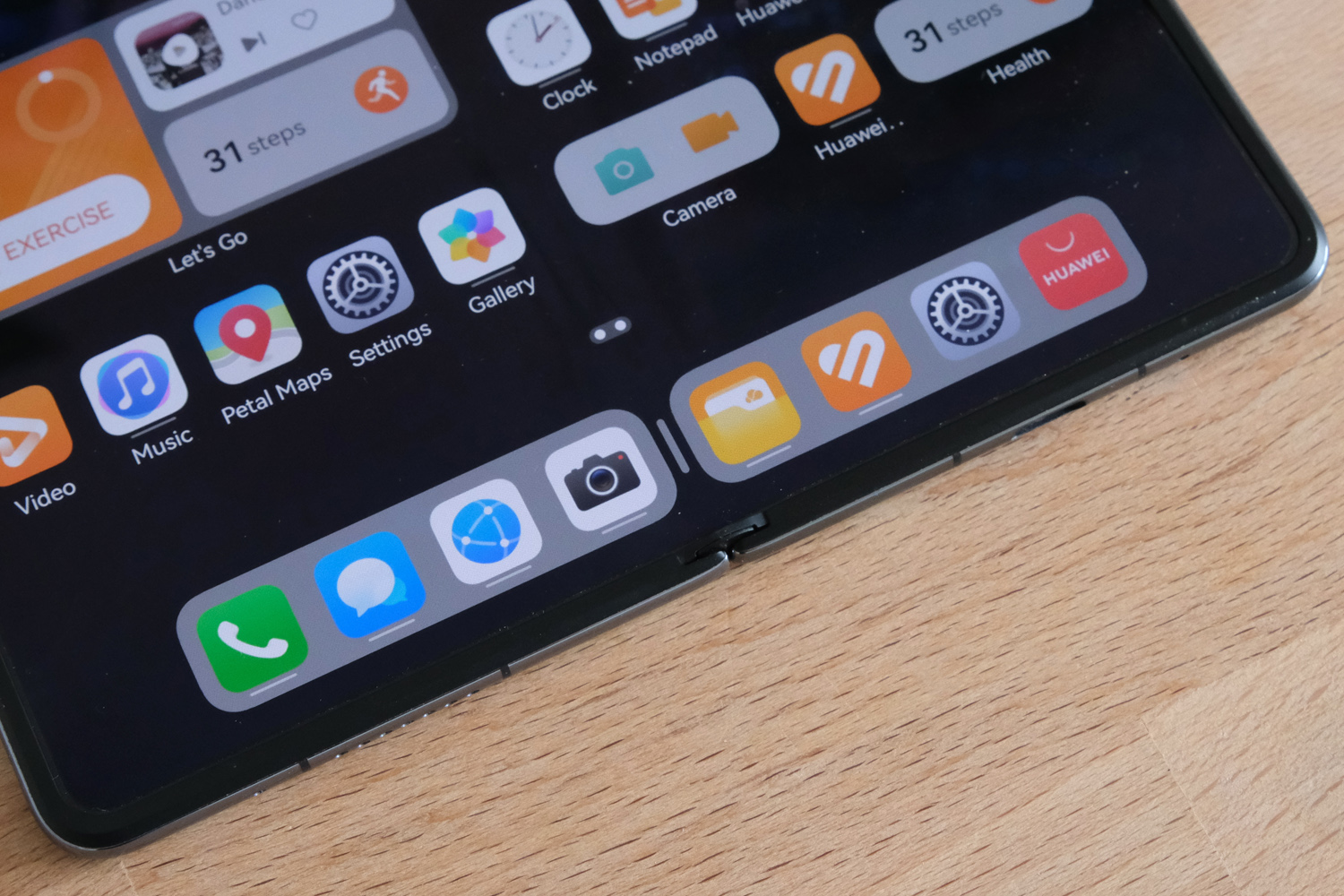
The international Mate X3 runs Huawei’s EMUI interface, which sits on top of Android but does without any Google services. EMUI version 13 has been tweaked to make better use of the large internal display, with an app switcher for horizontal or vertical split-screen and pop-up multitasking. Confusingly there are two toolbars, rather than the single dock seen on other recent foldables, and only one can launch apps into split-screen mode. Samsung goes significantly further with its folding phone software, and it’s something we’d like to see Huawei catch up on.
Customisation has stepped up in some ways, with options for stacking widgets or combining them into single multi-purpose ones, but there’s no longer an app drawer option for those who like to keep their homescreens clutter-free. The Today news feed lives to the left of the homescreen, just like Google Discover, and the Celia voice assistant can be woken by holding down the power button, just like Google Assistant.
Huawei continues to offer an extensive selection of home-grown apps, including Petal Maps for navigation, music and video players, an ebook reader, web browser and email client. Microsoft Outlook is on hand to replace Gmail, and Swiftkey is the default onscreen keyboard. If you aren’t wedded to Google, there’s enough here to cover the basics and beyond.
Third party support is where things fall down. Sure, Huawei AppGallery has a few big names like Tiktok and Snapchat, and Petal Search usually digs up a download link for anything that’s missing, but there are security concerns to consider when installing APKs directly. Many apps also rely on Google services for login credentials or two factor authentication, so just won’t play nicely. Unfortunately it’s these software slip-ups that will dissuade many would-be customers.
Performance & battery life: leading the charge
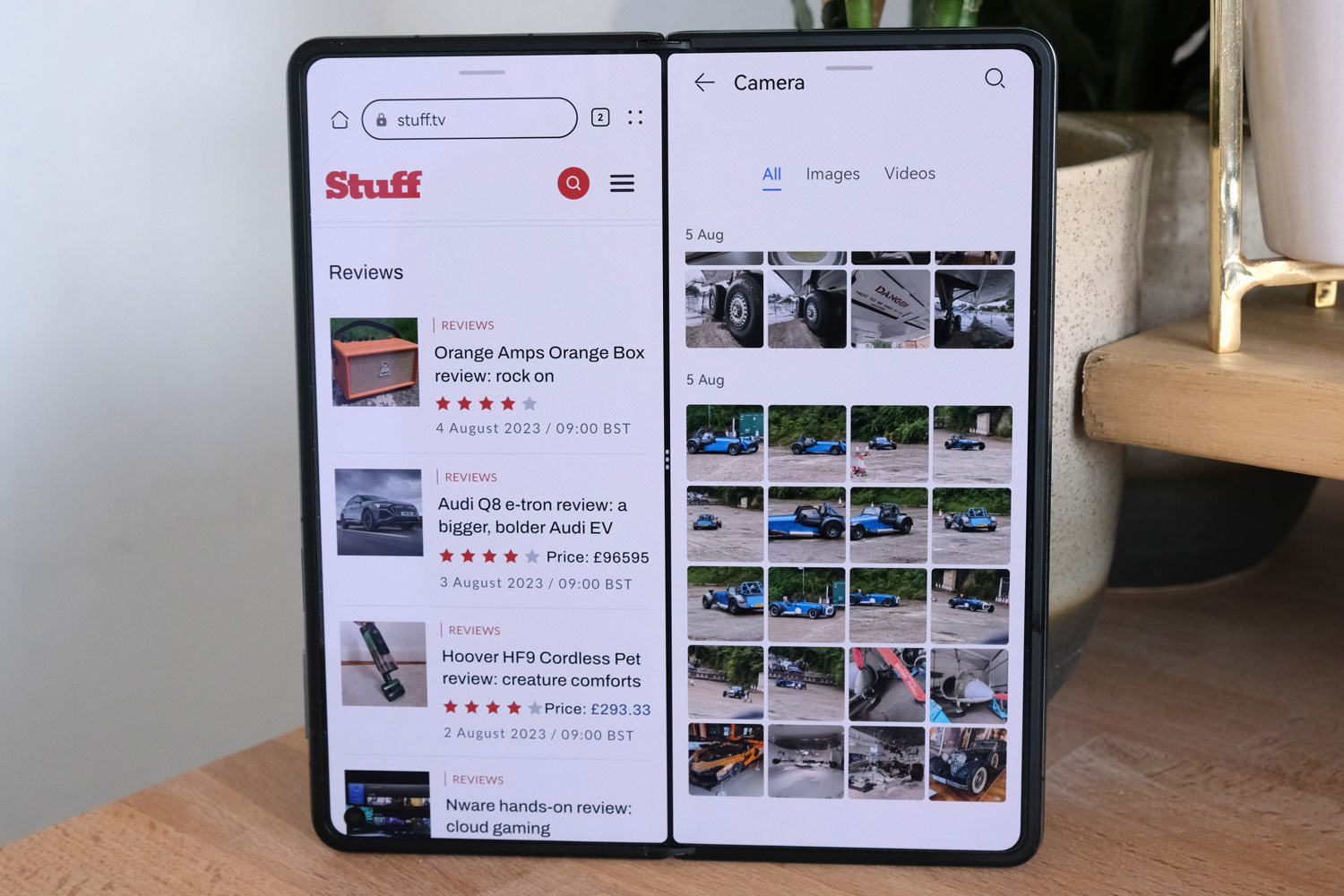
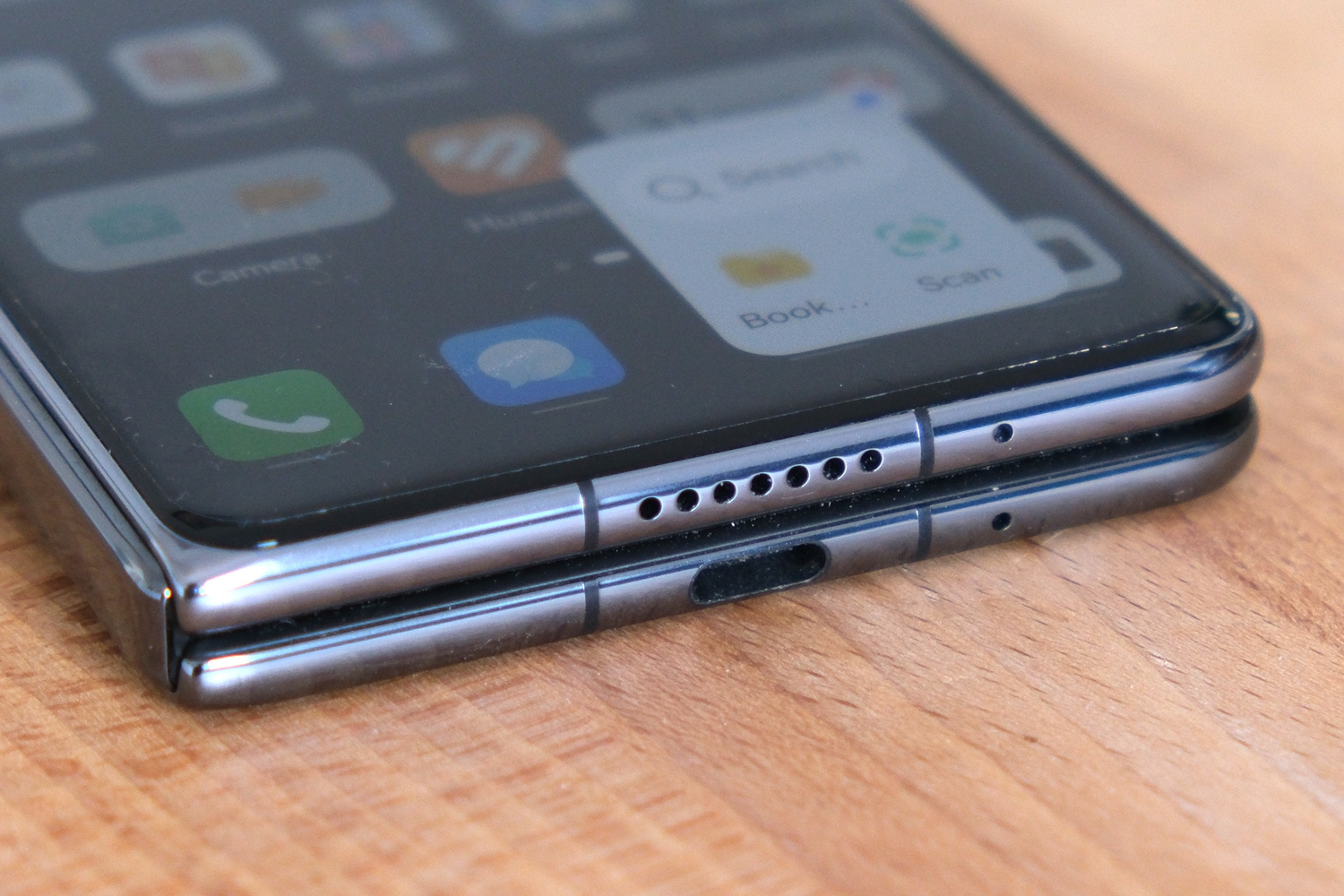
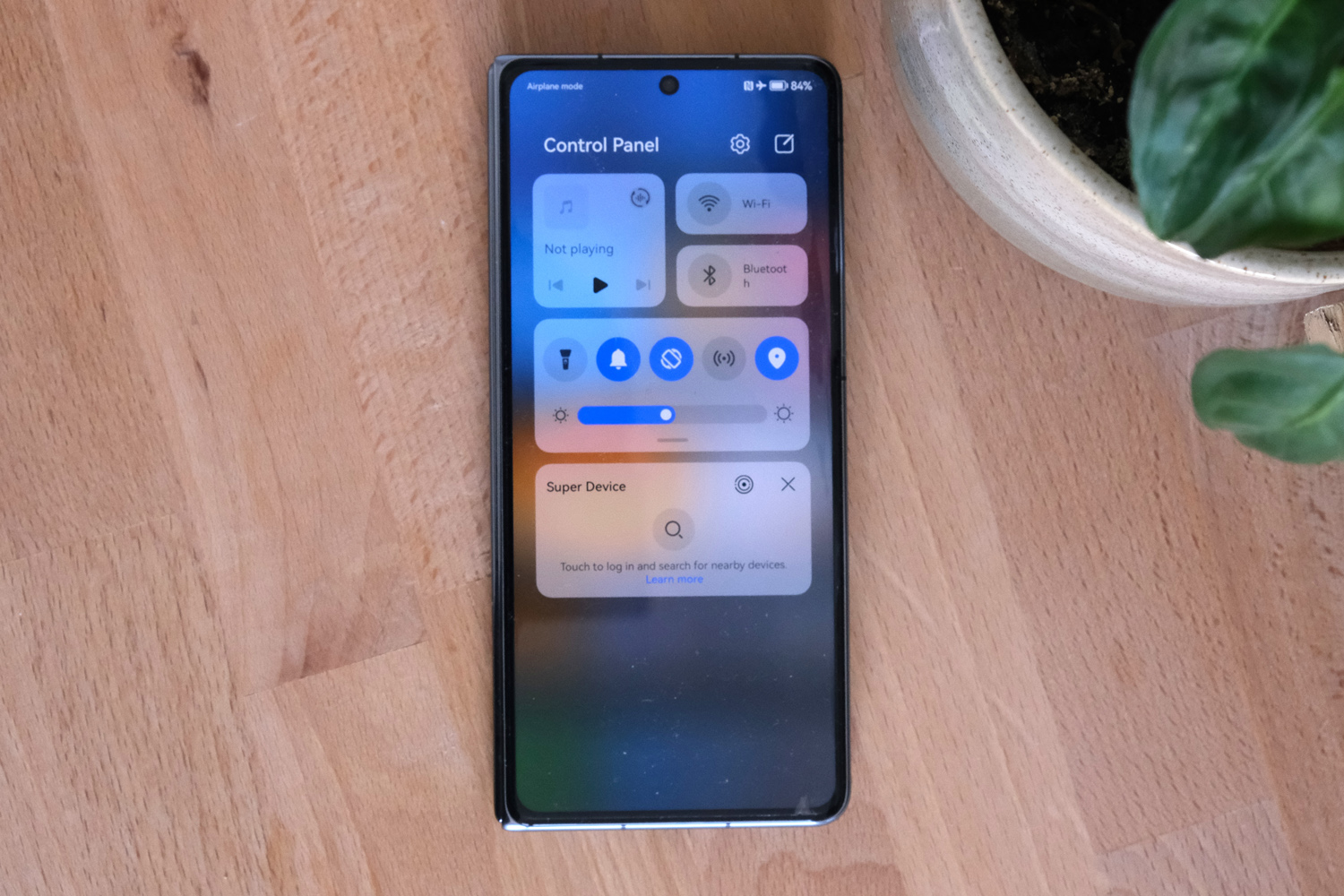
There might be Qualcomm power at the Mate X3’s heart, but Huawei had to stick with a 4G-only version of the last-gen Snapdragon 8+ Gen 1 chipset. Rivals are starting to make the jump to newer, more efficient Snapdragon 8 Gen 2 chips, which have a slight performance edge in apps and a more significant ones in games.
This phone is no slouch, mind, and with 12GB of RAM is perfectly adept at multitasking. Apps open quickly enough, 3D games run smoothly at high detail settings, and there’s no hint of slowdown or stuttering when quickly jumping between software. It holds its own against the outgoing Samsung Galaxy Z Fold 4 and even the Motorola Razr 40 Ultra, which both use the 8+ Gen 1 CPU, but the newer Galaxy Z Fold 5 will almost certainly take the crown once we get one in for testing.
At least there’s no compromise on storage, with a choice of 256GB, 512GB and 1TB depending on your region. There’s also support for Huawei’s NanoMemory (NM) cards for adding extra capacity later; the proprietary format means you’re unlikely to have one lying around, but it beats having no expandable storage at all.
Huawei does manage to eke out a hardware advantage or two over rival foldables, thanks to a sizeable battery and rapid charging speeds. The 4800mAh cell is a fair bit larger than the ones found in Samsung’s Z Fold phones, and while the Pixel Fold has a similar capacity, is has a more power-hungry CPU, so can’t last as long away from the mains. In the real world, the Mate X3 has enough juice in reserve for a full day of typical use, with a 70/30 split between the outer and inner displays. It fell slightly behind the Galaxy Z Fold 4 in our testing, but your mileage will vary depending on how much you use the internal screen.
Few foldables can match the Mate X3’s 66W wired charging, courtesy of a proprietary power brick and cable included in the box. It’ll almost hit 75% in half an hour, and will deliver a complete charge in under 50 minutes. 50W wireless charging is among the fastest around, if you have a compatible charging pad. Reverse wireless charging is also nice to have for topping up your smaller tech, like true wireless headphones.
Huawei Mate X3 verdict
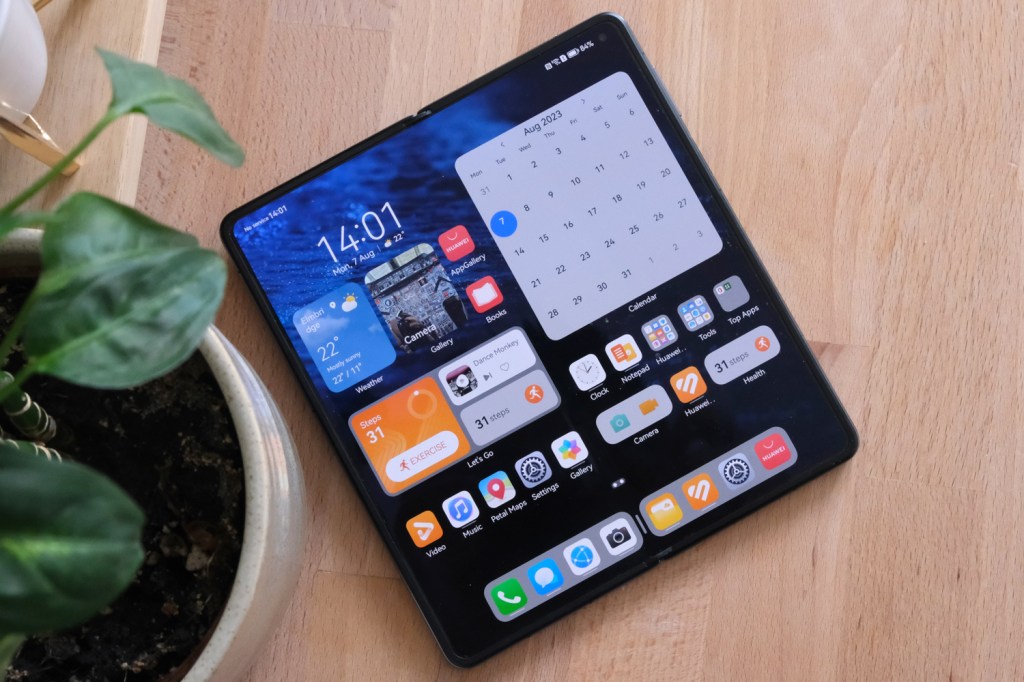
Sleek-looking, slim, and stuffed with a very effective trio of camera lenses, the Huawei Mate X3 is some of the finest foldable hardware money can buy right now. With Samsung only offering iterative upgrades this year and Google’s debut effort struggling on battery life, we’d love to say this was a viable alternative – but the usual software caveats apply.
Until US trade restrictions are lifted you have to accept that Google services are a no-go, and while there are workarounds for third party apps, they raise security concerns – especially for things like mobile banking. That Huawei still wants more than either Samsung or Google do for the Galaxy Z Fold 5 and Pixel Fold therefore makes it tricky to recommend to most Stuff readers.
For those who live in regions where Google doesn’t reign supreme, though? It’s absolutely deserving of your attention.
Stuff Says…
Outstanding foldable hardware remains hamstrung in the West by software limitations. A high price and no 5G make it tough to love.
Good Stuff
A properly premium foldable that’s super slim
Very capable cameras
Good battery life and rapid charging
Bad Stuff
Has software restrictions rivals don’t have to deal with
No 5G connectivity
Very expensive
Huawei Mate X3 technical specifications
| Screen | 7.85in, 2496×2224 flexible OLED w/ 120Hz (inner) 6.4in, 2504×1080 OLED w/ 120Hz (outer) |
| CPU | Qualcomm Snapdragon 8+ Gen 1 (4G) |
| Memory | 12GB RAM |
| Cameras | 50MP, f/1.8 w/ PDAF, Laser AF, OIS + 12MP, f/3.4 periscope telephoto w 5x optical zoom, PDAF, OIS + 13MP, f/2.2 ultrawide rear 8MP, f/2.4 (inner) 8MP, f/2.4 (cover) |
| Storage | 256GB/512GB/1TB on-board, NanoMemory expansion |
| Operating system | Android w/ EMUI 13.1 |
| Battery | 4800mAh w/ 66W wired, 50W wireless charging |
| Dimensions | 157x142x5.3mm (unfolded) 157x72x11.8mm (folded) 239-241g |

